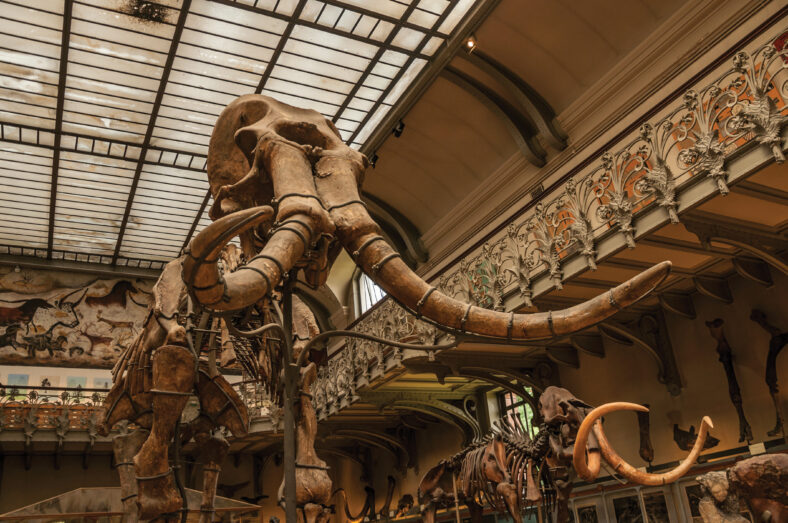Mammoth Bones Were Unearthed In Austria, And They Indicate That Ancient Humans Processed Their Ivory Tusks

The remains of five enormous woolly mammoths were unearthed in Austria, and they show signs of having been hunted and butchered by ancient humans.
The mammoth bones are 25,000 years old and were discovered during excavations at the Langmannersdorf site, located about 40 miles west of Vienna.
The bones and tusks were piled together in two specific zones about 49 feet apart. In one of the zones, the mammoth bones of multiple individuals were clustered together.
Many of them had marks and scars from human tools, indicating that they had been butchered. Some stone tools were detected nearby as well.
The second zone contained the remnants of at least three different mammoths. The fragmented and whole remains of the tusks were separate from the bones, suggesting that Paleolithic humans were processing the ivory tusks. The ivory could have been used to make spearheads.
“The fact that we found not just individual bones here, but intensively used areas in which several animals were processed, has more than exceeded our expectations,” said Marc Händel, an archaeologist at the Austrian Archaeological Institute of the Austrian Academy of Sciences.
In the past, evidence has shown that ancient humans crafted tools from mammoth ivory. They made ornaments, accessories, ropes, spears, and arrowheads for hunting.
Woolly mammoths (Mammuthus primigenius) were large mammals that closely resembled elephants. They measured about 11 feet tall and had huge curved tusks.
They inhabited North America, Europe, and Asia during the last ice age, which ended around 11,700 years ago.

Sign up for Chip Chick’s newsletter and get stories like this delivered to your inbox.
They were an important resource for Paleolithic hunter-gatherers. The animals provided food, materials for tools, shelter, and hides for warmth.
Around 10,000 years ago, most mammoths went extinct due to climate change and being hunted by humans. But small populations survived on isolated islands until 4,000 years ago.
The Langmannersdorf site was first excavated between 1904 and 1907. The two mammoth hunter camps were found in 1919 and 1920.
Ever since then, researchers across Europe have worked at the site to dig up more artifacts, hoping to find more clues that help them better understand how ancient humans and woolly mammoths interacted with each other.
Just before the peak of the last ice age, mammoth herds were thought to have used the Perschling Valley in Austria as a migration route 25,000 years ago. As they traveled, they grazed on shrubs and grasses.
The mammoth processing site in Langmannersdorf implies that humans understood the mammoths’ yearly movement patterns and specifically targeted the creatures when they were passing through the valley.
Moving forward, the research team will continue to study the mammoth bones, tusks, and stone tools to glean more details about them.
Afterward, the remains will be stored at the Natural History Museum in Vienna. Others will be on display at the Perschling Valley Local History Museum.
More About:News